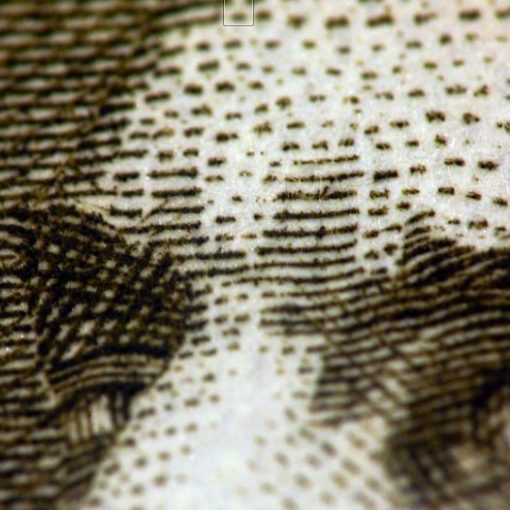 Author: Bill Deshurko, 401 Advisor
Author: Bill Deshurko, 401 Advisor
Covestor model: Dividend and Income Plus
The 401 Advisor Dividend and Income Plus portfolio has an objective of matching the S&P 500 but with a higher dividend yield and lower risk (Covestor rates us as a Risk Score 2).
However, there are times when compromises must be made in the effort to achieve long term total return. For example, we use a strategy to move in and out of the SPDR High Yield Index ETF (JNK). When we sell, we obviously lower the yield to the portfolio. But we hope to enhance long term returns by “selling high and buying back low.” We last sold JNK on June 9 at $39.99 and repurchased it on October 13th at $37.14 a share. Not a huge advantage, but I think the sale would have looked much more prescient if Germany and France had not come together on a reasonable European debt bailout plan.
In October, our portfolio gained 8.3%, while the S&P 500 rose 10.8%. Year to date through 11/2/11, the portfolio is up 3.2% while the S&P 500 is down 3.13%. Since inception, the portfolio is up 21%, while the S&P 500 is up 13.45%.
Our portfolio took a much bigger drop in September than we would normally like. Covestor shows that we had a 7.96% drawdown vs. -7.18% for the S&P 500. However, I feel I know my holdings fairly well and could not see letting them go, to save on some short term volatility.
Our holdings are in the economically sensitive sectors of oil (MVO), commodities (SCCO, GGN, TNH) and finance (JNK, PSEC, USB). Only Verizon (VZ) would be considered a traditional defensive holding. And yet, other than in September our Beta (a measure of volatility vs. the S&P 500) has remained well below 1, and our performance has been strong versus the benchmark. The portfolio has an indicative yield of 8.2% as of 11/1/11.*
With a positive GDP report for the third quarter, and a substantial bailout agreed upon in Europe, we feel we are in good shape to accomplish our goal of “stock market like” capital gains through the end of the year, with a 8.2% yield kicker thrown in – and to add a significant cushion if things do go wrong.
*Note: Indicative yield is calculated the last known dividend, divided by the current price, and is shown annualized. It is therefore sensitive to price movements and does not represent a promise of income or total return over the next 12 months. Raw data was obtained from Bloomberg, calculations by Covestor.




